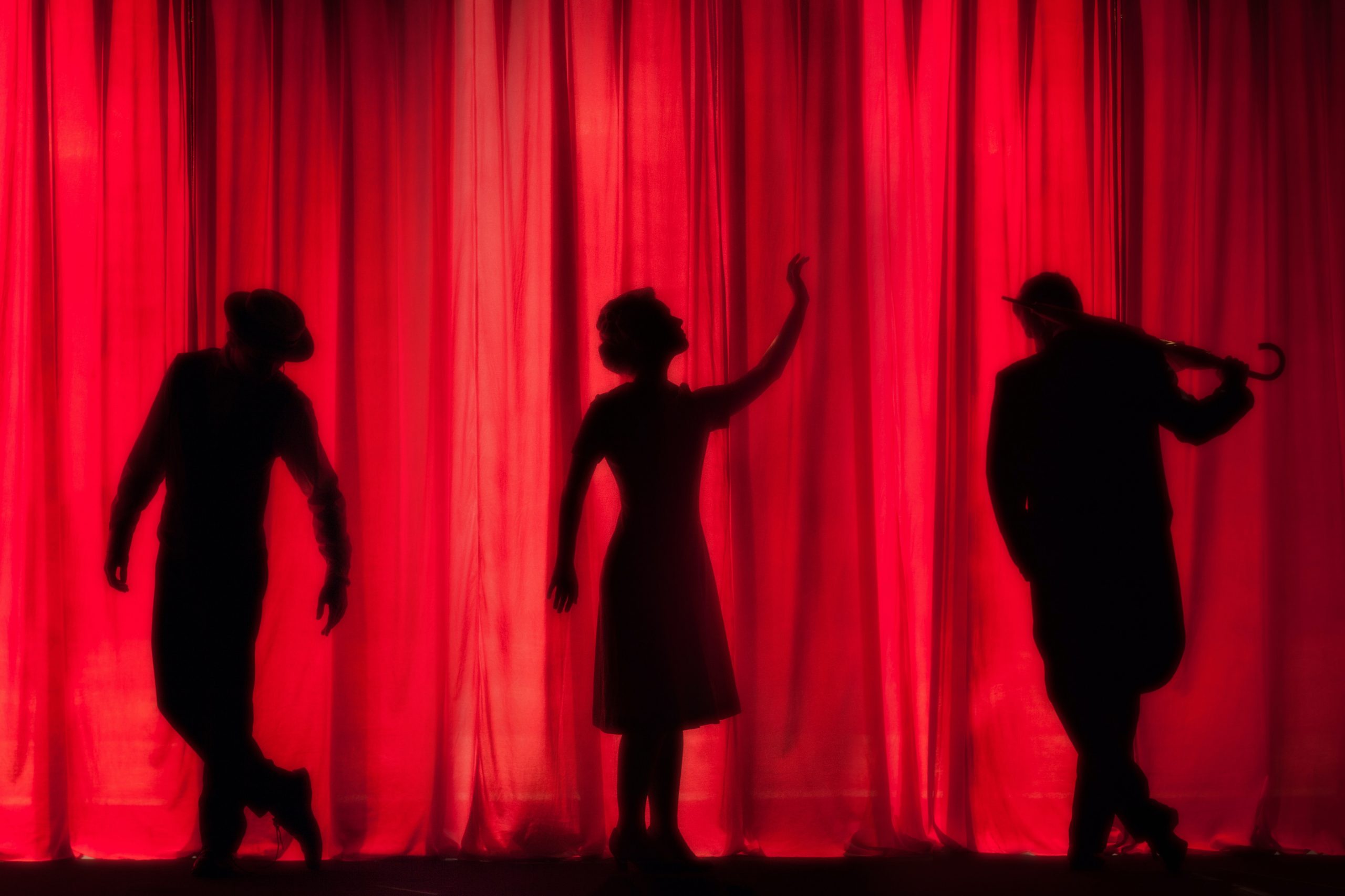For me, the movies are like a machine that generates empathy. If it’s a great movie, it lets you understand a little bit more about what it’s like to be a different gender, a different race, a different age, a different economic class, a different nationality, a different profession, different hopes, aspirations, dreams and fears. It helps us to identify with the people who are sharing this journey with us. And that, to me, is the most noble thing that good movies can do and it’s a reason to encourage them and to support them and to go to them.
When he said this in 2005, film critic Roger Ebert likely had no idea that it would be quoted for decades to come. This argument – that art can help us expand our sense of empathy – is a pretty common one, and for good reason. But as with any commonly accepted idea, it’s important to examine whether we’re still making a positive effect in the world while following it. I want to explore why we need empathy, how art can help us expand it, and suggest some behaviours to avoid while pursuing this worthy goal.
Empathy and Why We Need It
Empathy is fundamental to being human, but we’re trapped within our own experience of the world, so we depend on others to fill in the gaps between us. Helen Reiss has written on the subject, arguing that this connection motivates us to care, and therefore is invaluable to holding together a society and improving relationships between ourselves and others. We can become very fixated on our own trials and tribulations, which is completely understandable. It can even seem obvious that we need to get our own house in order before being there for others. But the world does continue to spin regardless of what we’re going through, and we need to ensure that we develop our emotional and cognitive capabilities so we can keep helping others with their own challenges in life – personal and societal.
The Role of Art
This is where art comes in, as it has always been created by people all around the world for as long as our history records stretch back. It reflects what we cherish, who we love, and the struggles we are going through. Art is inherently tied to the people and the cultures that create it; it’s DNA will always be tinged by these factors. Race, class, gender, sexuality, nationality and so many more aspects shape our lives on top of the personal experiences we all go through. To be clear: they don’t define our lives, but they do affect them and how we perceive the world. It is understandable, then, that they manifest in a creator’s art too.
So, by interacting with art by those who are different to us, we can begin to see the edges of alternative experiences and start to grapple with those experiences. We can start to trace how they appear as common across communities and cultures, and how they bump up against our own experience of the world. By taking the step to engage with viewpoints other to our own, we can start to understand the complexity of the world and the places that we all occupy inside it.
Be Careful
I am sure that you have noticed the flaw in this argument – the same flaw in many good-intentioned arguments: it can be taken a bit too far. We can become so keen to develop our empathy that we don’t realise that we’re absorbing others’ stories and experiences without questioning how we actually relate to them.
Professor Megan Boler has written brilliantly about assuming empathy without putting in the necessary work – specifically when reading fiction. When it comes to reading, Professor Boler distinguishes between “passive empathy” and “testimonial reading”, and she saw the former up close when teaching a course on the graphic novel MAUS. She was shocked to read that her own students assumed to understand the experiences of those undergoing atrocities when they – college students in Canada – had not actually experienced those events. She sees this “passive empathy” as a self-congratulatory act; a way to applaud yourself for reading something ‘different’ without questioning what role you and your society plays in establishing that difference. Put simply: engaging in this way does little to actually help people, and therefore is not helpful to those who require our empathy.
So, as a more helpful alternative, she puts forward “testimonial reading”, which she describes as follows:
“Testimonial reading requires a self-reflective participation: an awareness first of myself as reader, positioned in a relative position of power by virtue of the safe distance of reading. Second, I recognize that reading potentially involves a task. This task is at minimum an active reading practice that involves challenging my own assumptions and world views.”
It’s important to note that, while talking about reading fiction, this is applicable to other art forms too. We can apply this method when watching films, listening to music, or viewing art. This may seem daunting, or even challenging, at first, but hopefully you can see the potential and importance of this way of ‘seeing’. And, as we repeat this practice, it does become second nature. In time, we can all expand our empathy in a responsible way that we ultimately make us more aware and proactive members of this vast and complex world, rich with human experience.




